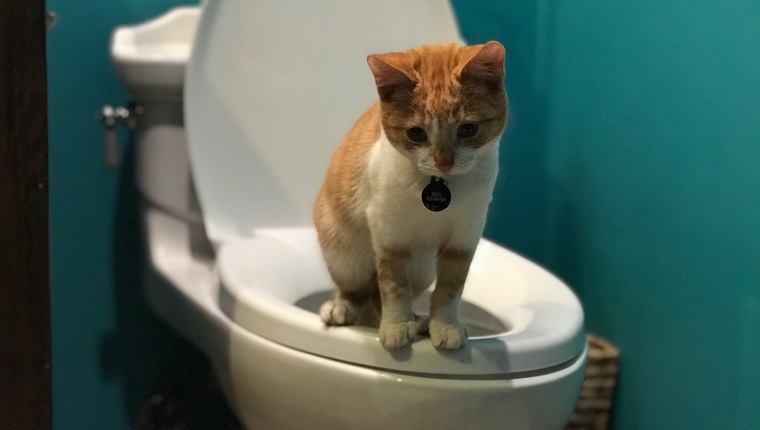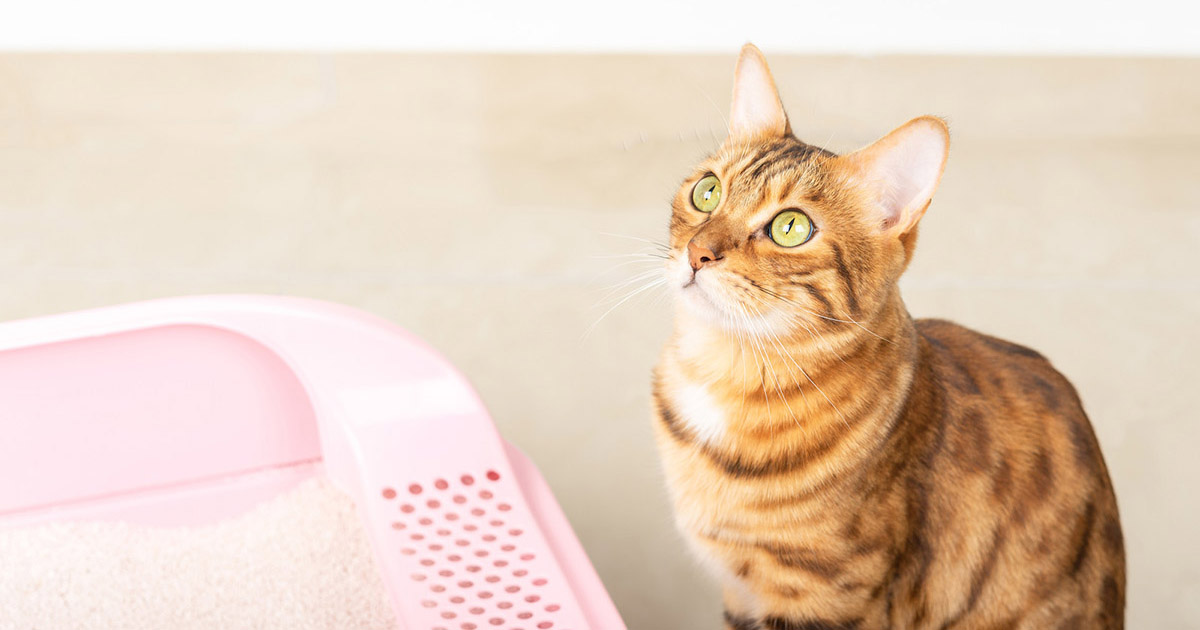The article author is making a few good observations related to Should you flush animal waste down the toilet overall in the article following next.

When it pertains to getting rid of waste, particularly animal waste, many people commonly resort to the convenient choice of flushing it down the bathroom. Nevertheless, this seemingly very easy remedy can have serious effects for the atmosphere and public health. In this short article, we'll check out why flushing pet waste down the toilet is a negative idea and supply different methods for appropriate disposal.
Intro
Correct waste disposal is important for preserving ecological sustainability and public health. While it might appear harmless to flush animal waste down the commode, it can cause various concerns, both for the atmosphere and human well-being.
Threats of flushing animal waste
Environmental influence
Flushing pet waste introduces damaging germs and pathogens into rivers, which can adversely impact marine ecosystems. These pathogens can contaminate water sources and harm aquatic life, interrupting delicate environments.
Public health issues
Animal waste has dangerous microorganisms such as E. coli and Salmonella, which can posture severe wellness risks to humans. Purging pet waste down the commode can contaminate water supplies, causing the spread of conditions and infections.
Alternatives to flushing
Rather than purging animal waste down the commode, there are numerous different disposal techniques that are a lot more environmentally friendly and sanitary.
Composting
Composting animal waste is a green method to get rid of it. By composting, organic matter is broken down into nutrient-rich dirt, which can be used to fertilize gardens and plants.
Land fill disposal
Dealing with animal waste in a landfill is another alternative. While not as environmentally friendly as composting, it is a safer alternative to flushing, as it stops the contamination of water sources.
Animal garbage disposal systems
There are customized family pet garbage disposal systems readily available that safely and hygienically take care of pet waste. These systems usually use enzymes to break down waste and eliminate smells.
Steps to correct pet garbage disposal
To make sure correct disposal of animal waste, adhere to these steps:
Scooping and landing waste
On a regular basis scoop and bag animal waste making use of biodegradable bags. This stops waste from contaminating the atmosphere.
Using assigned waste containers
Dispose of bagged animal waste in assigned waste containers, such as compost containers or land fill bins. Avoid flushing it down the commode whatsoever expenses.
Cleansing litter boxes and pet areas frequently
Consistently tidy can and family pet areas to avoid the buildup of waste and microorganisms. Use pet-safe cleaning products to keep hygiene.
Advantages of correct disposal techniques
Adopting appropriate disposal methods for pet waste uses several advantages:
Lowered environmental pollution
Proper disposal approaches lower the danger of environmental pollution, protecting waterways and communities from contamination
Decreased risk of water contamination.
By avoiding flushing pet waste down the toilet, the risk of water contamination is dramatically reduced, guarding public health.
Boosted hygiene and health
Correct disposal techniques advertise better hygiene and health, developing a safer atmosphere for both humans and pets.
Conclusion
Finally, purging animal waste down the bathroom is harmful to the environment and public health. By embracing different disposal approaches and complying with appropriate waste management methods, we can minimize the negative effect of pet waste and contribute to a cleaner, healthier world.
What To Do With Dog Poo – The Do's And Don'ts Of Disposing Of Faeces
Dog poo bins
Some councils provide dedicated dog waste bins in popular dog-walking areas that can take dog poo that has been bagged but you can legally dispose of dog waste in any public litter bin, as long as it is securely bagged. This also applies to your wheelie bin at home.
Do not flush
Water companies do not recommend flushing dog faeces down the toilet because certain parasites can survive the water processing treatment and are potentially harmful to humans. You should also never consider flushing dog poo that has been bagged down the toilet as the bags will not break down and instead create severe blockages in the sewage system.
In the woods
The Forestry Commission promotes a ‘stick and flick’ method for dealing with waste in the woods. This means finding a stick and using it to flick any poo from off the path so that it is out of the way of other walkers. You could also bury it as long as it is not in an area where there might be livestock.
Livestock
Parasites found in dog poo can be transmitted to livestock if they inadvertently eat infected faeces that has been left on grazing land. This could result in the death of sheep or abortion in cattle so you should always make sure you pick up your dog’s waste in fields where livestock could be present.

Consistently tidy can and family pet areas to avoid the buildup of waste and microorganisms. Use pet-safe cleaning products to keep hygiene.
Advantages of correct disposal techniques
Adopting appropriate disposal methods for pet waste uses several advantages:
Lowered environmental pollution
Proper disposal approaches lower the danger of environmental pollution, protecting waterways and communities from contamination
Decreased risk of water contamination.
By avoiding flushing pet waste down the toilet, the risk of water contamination is dramatically reduced, guarding public health.
Boosted hygiene and health
Correct disposal techniques advertise better hygiene and health, developing a safer atmosphere for both humans and pets.
Conclusion
Finally, purging animal waste down the bathroom is harmful to the environment and public health. By embracing different disposal approaches and complying with appropriate waste management methods, we can minimize the negative effect of pet waste and contribute to a cleaner, healthier world.
What To Do With Dog Poo – The Do's And Don'ts Of Disposing Of Faeces
Dog poo bins
Some councils provide dedicated dog waste bins in popular dog-walking areas that can take dog poo that has been bagged but you can legally dispose of dog waste in any public litter bin, as long as it is securely bagged. This also applies to your wheelie bin at home.
Do not flush
Water companies do not recommend flushing dog faeces down the toilet because certain parasites can survive the water processing treatment and are potentially harmful to humans. You should also never consider flushing dog poo that has been bagged down the toilet as the bags will not break down and instead create severe blockages in the sewage system.
In the woods
The Forestry Commission promotes a ‘stick and flick’ method for dealing with waste in the woods. This means finding a stick and using it to flick any poo from off the path so that it is out of the way of other walkers. You could also bury it as long as it is not in an area where there might be livestock.
Livestock
Parasites found in dog poo can be transmitted to livestock if they inadvertently eat infected faeces that has been left on grazing land. This could result in the death of sheep or abortion in cattle so you should always make sure you pick up your dog’s waste in fields where livestock could be present.

I'm certainly very fascinated by Don't Flush Your Pets Poo Down The Loo, Vet Warns and I'm hoping you enjoyed our page. Appreciated our piece of writing? Please quickly share it. Let other people find it. Bless you for being here. Revisit us soon.
Call Today